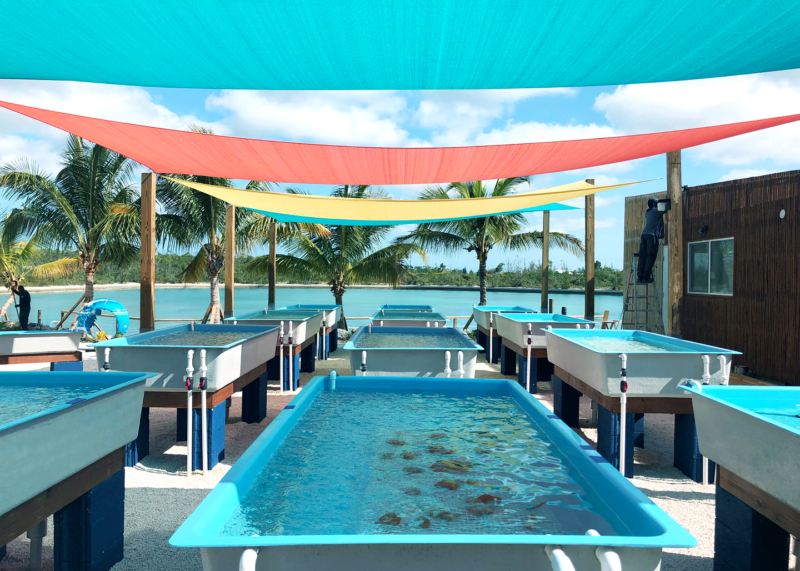- Joined
- Feb 15, 2020
- Messages
- 5
- Reaction score
- 0
We are a diving outfit that has decided to begin harvesting coral to fragment and re plant back onto our house reef to keep it more vibrant (and repair any damage from inexperienced divers). However we are only just learning how to set up a frag tank. we are planning on starting off with a 600L or 158G tank. we are looking for advice on how to set up everything from what kind of pumps and filters to use through to how big the tank with live rock needs to be and what kind of lighting is required. Thank you for any assistance

















